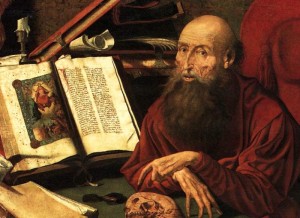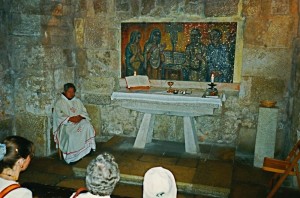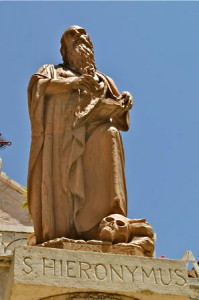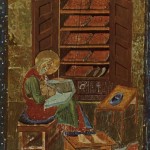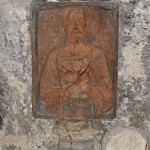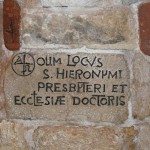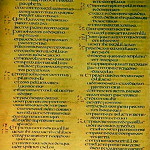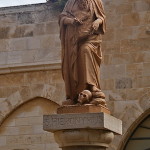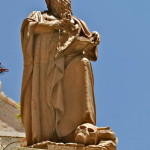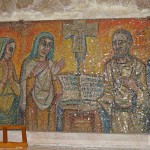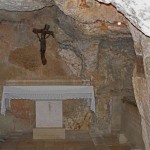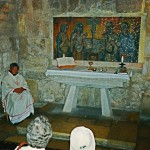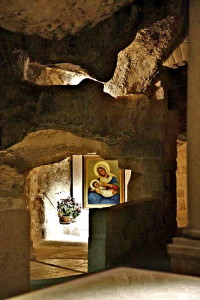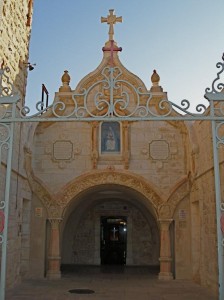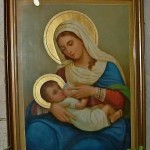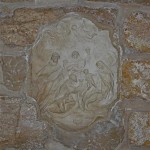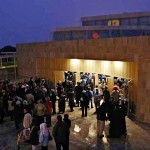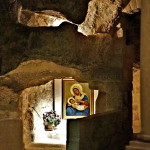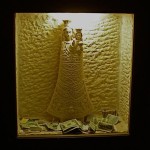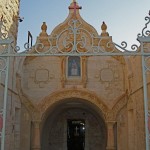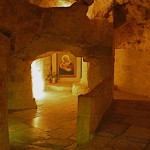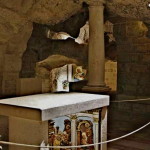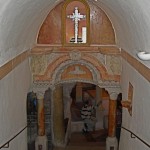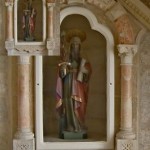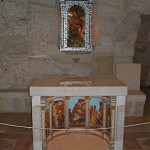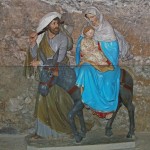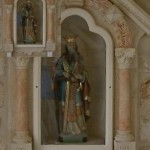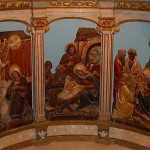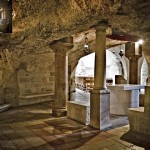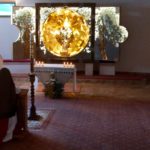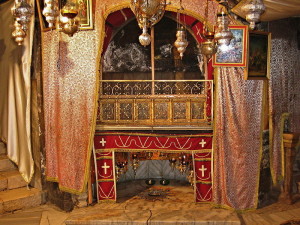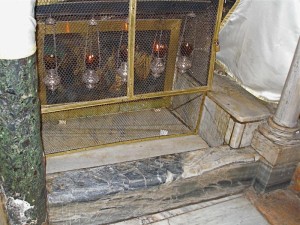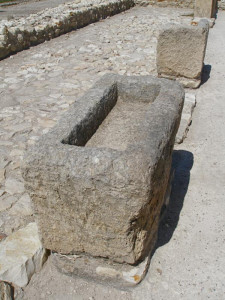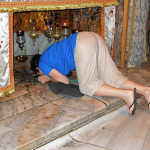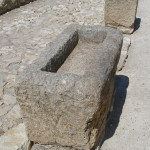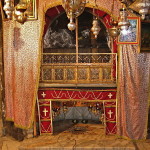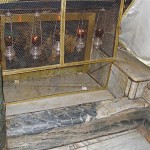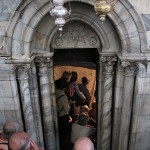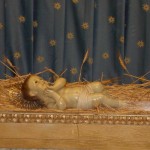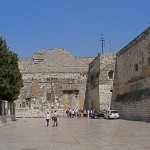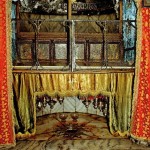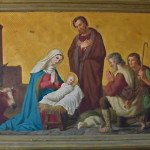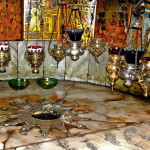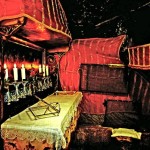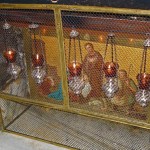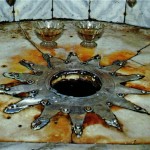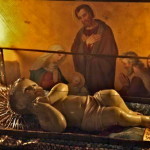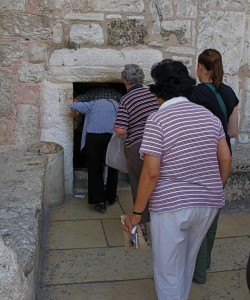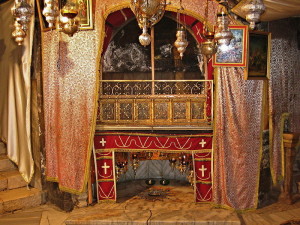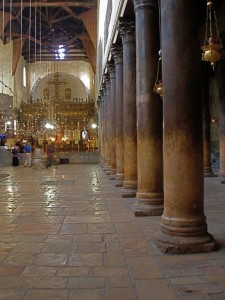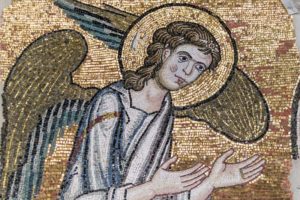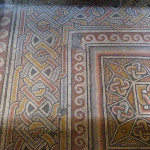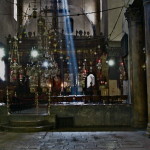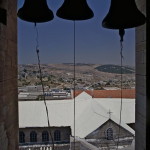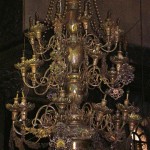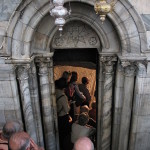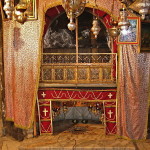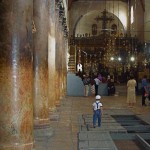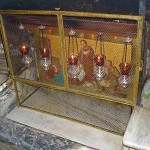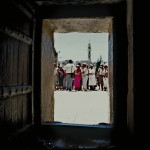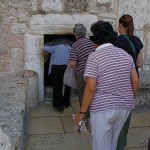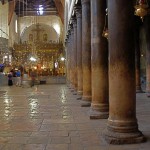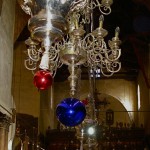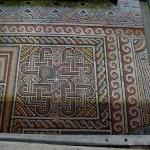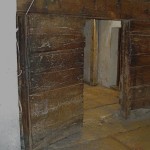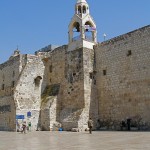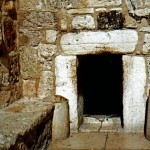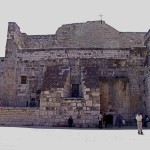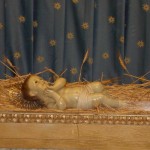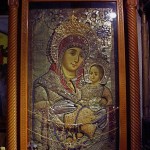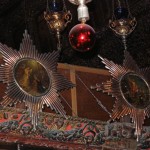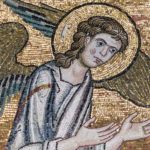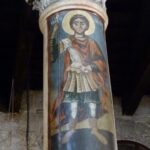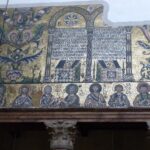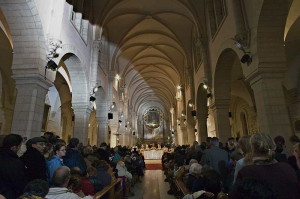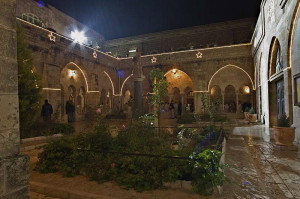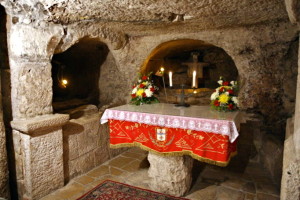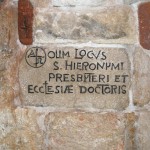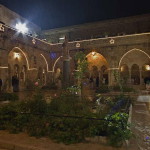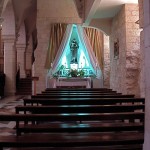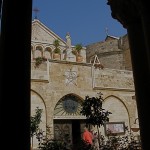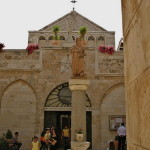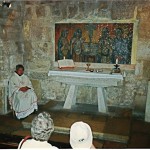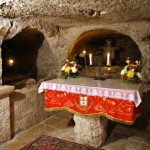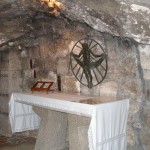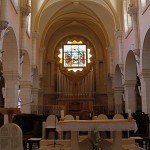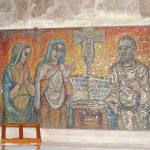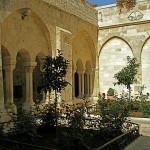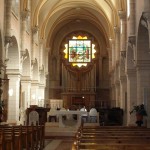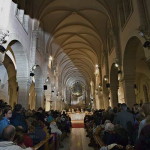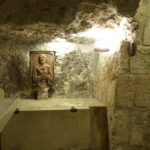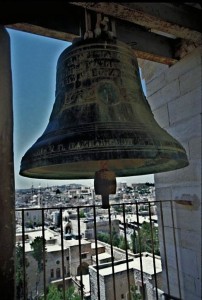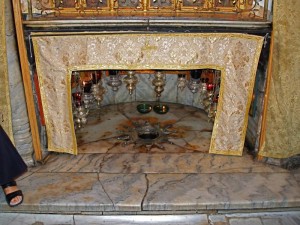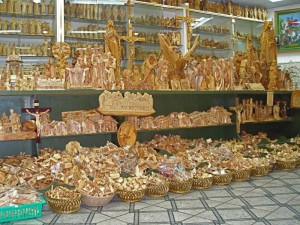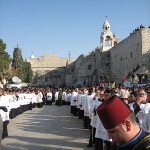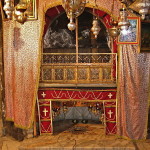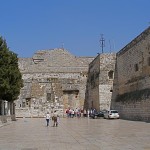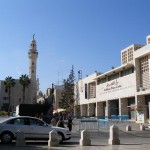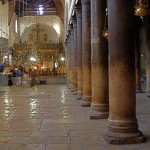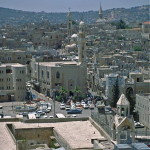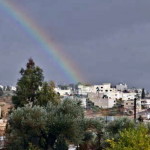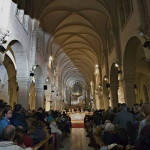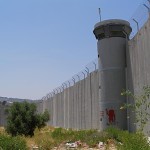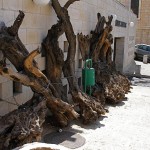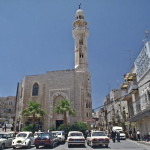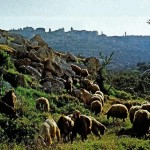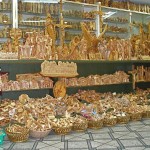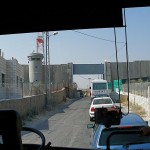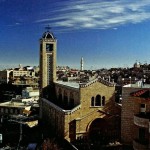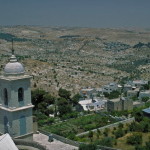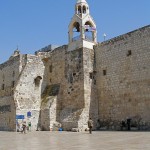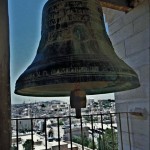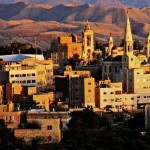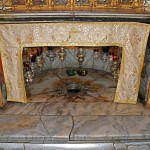West Bank
From a cave beneath the Church of the Nativity in Bethlehem came the most enduring version of the Bible ever translated.
In this underground study — pleasantly cool in summer but chilly in winter — St Jerome spent 30 years translating the Scriptures from Hebrew and Greek into Latin.
The scholarly Dalmatian priest began his task around AD 386. The text he produced in St Jerome’s Cave was the first official vernacular version of the Bible. Known as the Vulgate, it remained the authoritative version for Catholics until the 20th century.
This version, asserts the historian G. S. P. Freeman-Grenville, was “assuredly heard by more Christians than any other”.
St Jerome (also known as Hieronymus, the Latin version of Jerome) spent more than 36 years in the Holy Land. He was well-known for his ascetic lifestyle and his passionate involvement in doctrinal controversies.
Bethlehem was a monastic centre
Access to St Jerome’s two-room cave is from the Church of St Catherine. On the right hand side of the nave, steps lead down to a complex of subterranean chambers. At the end, on the right, are the rooms where Jerome lived and worked.
The adjacent caves have been identified as the burial places of Jerome (whose remains were later taken to Rome), his successor St Eusebius, and Sts Paula and Eustochium.
Paula, a noble Roman widow, and her daughter, Eustochium, worked with Jerome in making Bethlehem a great monastic centre.
The first cave on the left at the bottom of the stairs is identified as the Chapel of the Holy Innocents. This is said to be the burial place of infants killed by King Herod in his attempt to eliminate the newborn “King of the Jews”.
Opinion of pilgrims varied
Jerome wrote of innumerable pilgrims flocking to Bethlehem from Britain and India, Pontus (a part of Asia Minor, now in Turkey) and Ethiopia.
His opinion of them fluctuated, as shown by two conflicting statements:
• “The very best of the Christian community comes to the Holy Land; they speak different tongues, but the devotion is one and the same. There is no sign of conflict or arrogance, no differentiation whatsoever, except in the mode of dress. No one censures another, no one criticises or judges his neighbour.”
• “They come here from all over the world, the city regurgitates every type of human being; and there is an awful crush of persons of both sexes who in other places you should avoid at least in part but here you have to stomach them to the full.”
Jerome died in 420. His body was later transferred to Constantinople and then to Rome, where his bones rest today in the Basilica of St Mary Major.
In front of the Church of St Catherine, his statue stands on a granite column in a restored Crusader cloister. At his feet is a skull, a symbol of the transience of human existence.
Other sites in the Bethlehem area:
Church of St Catherine of Alexandria
Field of Ruth
Herodium
In Scripture:
Massacre of the Holy Innocents: Matthew 2:16-18
Administered by: Franciscan Custody of the Holy Land
Tel.: 972-2-2742425
Open: Apr-Sep 6.30am-7.30pm, Oct-Mar 5.30am-5pm (grottos closed on Sunday mornings)
- Codex Amiatinus, the oldest surviving manuscript of St Jerome’s Vulgate Bible (© Bibliotheca Laurentiana, Florence)
- Bas-relief of St Jerome over the place where his body lay before being transferred to Rome (Seetheholyland.net)
- “Once the place of St Jerome, priest and doctor of the Church” (Seetheholyland.net)
- Page from the Codex Amiatinus (© Bibliotheca Laurentiana, Florence)
- St Jerome on pillar outside St Catherine’s Church (Mohamed Yahya)
- St Jerome with skull at his feet, outside St Catherine’s Church (David Niblack)
- Mosaic over altar in St Jerome’s Cave (Seetheholyland.net)
- Chapel where St Jerome was originally buried (Seetheholyland.net)
- Chapel in St Jerome’s Cave (Seetheholyland.net)
References
Brownrigg, Ronald: Come, See the Place: A Pilgrim Guide to the Holy Land (Hodder and Stoughton, 1985)
Freeman-Grenville, G. S. P.: The Holy Land: A Pilgrim’s Guide to Israel, Jordan and the Sinai (Continuum Publishing, 1996)
Gonen, Rivka: Biblical Holy Places: An illustrated guide (Collier Macmillan, 1987)
Inman, Nick, and McDonald, Ferdie (eds): Jerusalem & the Holy Land (Eyewitness Travel Guide, Dorling Kindersley, 2007)
Joseph, Frederick: “Bethlehem”, Holy Land, winter 2002
Murphy-O’Connor, Jerome: The Holy Land: An Oxford Archaeological Guide from Earliest Times to 1700 (Oxford University Press, 2005)
Saltet, Louis: “St. Jerome”: The Catholic Encyclopedia (Robert Appleton Company, 1910)
Wareham, Norman, and Gill, Jill: Every Pilgrim’s Guide to the Holy Land (Canterbury Press, 1996)
External links

